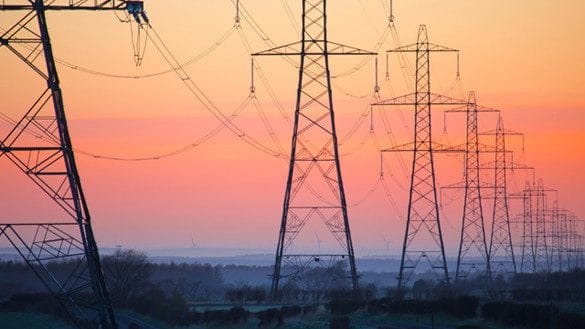In light of recent developments, partners are now urging the government to initiate further adjustments to electricity tariffs, following the significant electric tariff modification implemented in June 2023. This anticipated revision is crucial to address challenges stemming from currency fluctuations and rising operational costs.
On June 20, 2024, during its 36th regular meeting, the Council of Ministers (CoM) endorsed a new power rate adjustment, which came into effect on September 11, coinciding with the Ethiopian New Year. This adjustment is a key component of a four-year strategy designed to enhance revenue and effectively manage growing infrastructure expenses within the energy sector.
The overarching goal of the tariff reform, which has faced delays over the past two years, is to alleviate the increasing operational costs that Ethiopian Electric Power (EEP) and Ethiopian Electric Utility (EEU) are experiencing. The redesigned pricing structure includes subsidies for customers using up to 200 kWh of electricity, though the changes have also led to an extraordinary 122% increase in electricity costs.
Framework for Future Adjustments
This new tariff framework sets forth a plan for gradual adjustments from 2025 to 2028, aiming for sustainable cost recovery. The proposal dictates that consumer electricity rates will rise by an average of about 10% each quarter, particularly in the initial phases, to help the sector recoup its expenses.
Despite recent adjustments bolstered by international partners such as the World Bank and the International Monetary Fund (IMF), calls for further reforms are intensifying. The IMF has highlighted the need for a revised tariff schedule by June 2025 to ensure full recovery of operational and debt service costs by 2028. Concurrently, the World Bank emphasizes the necessity of quarterly tariff increases to adapt to inflation, exchange rates, and other economic shifts impacting the cost structure.
Economic Context
Industry experts explain that the ongoing revisions in electric tariffs are primarily driven by the sector’s need to cover power generation costs and development expenses. They note that the adjustments authorized last June did not consider the changing currency market policies enacted on July 29, a crucial factor in the wider context of macroeconomic reform.
With partners who are financially backing these reforms anticipating a forthcoming tariff adjustment to better reflect current currency rates, there is a consensus that the next electricity pricing shift could potentially double the existing rate. This expectation stems from concerns that the current tariff structure was based on an outdated exchange rate, approximately half of the current market value.
The Need for Bold Decisions
While the recent introduction of new partners to the initiative initially surprised some stakeholders, their positions are justified. The primary rationale behind the tariff adjustment is to finance the energy sector, which heavily relies on both governmental and international funding to support electrification efforts and foster economic growth.
Experts urge the government to take decisive action in response to these calls. EEP’s capacity to meet its debt obligations remains a vital challenge, even with substantial financial support from the Commercial Bank of Ethiopia (CBE) aimed at facilitating expansive energy projects.
The ongoing discussions and analyses suggest that another tariff increase is necessary to meet government goals for strengthening the energy sector. As analysts point out, given the substantial rise in development costs due to recent exchange rate adjustments, the current tariff rates are insufficient to maintain operational viability. Nearly 75% of investments in this sector demand foreign currency, reinforcing the need for an updated and responsive tariff structure to align with current economic realities.
Strategic Future Outlook
In an effort to boost financial sustainability, the Ministry of Finance previously mandated the alleviation of outstanding loan obligations of EEP to CBE before the major economic reforms. Looking ahead, the four-year tariff adjustment schedule is projected to fully recover operational costs and service debts by 2028.
Aligned with macroeconomic reforms, the World Bank’s approach to energy access—spanning grid, off-grid, and mini-grid technologies—is designed to follow least-cost principles and correspond with Ethiopia’s National Electrification Program II. The World Bank has a deep-rooted involvement in Ethiopia’s energy landscape, with a portfolio exceeding $3 billion, which supports a variety of initiatives including electrification and sector reforms.
Post-reform, EEP received significant debt relief of 263 billion birr, alongside liabilities facilitated through the Liability and Asset Management Corporation (LAMC). This financial restructuring is seen as essential for EEP to secure foreign currency and manage its funding needs effectively.
EEP is a major player within the Ethiopian economy, boasting total assets of 907 billion birr at the end of the 2023/24 budgetary period, marking a pivotal institution in the nation’s energy strategy moving forward.
For further details, clarification, contributions or any concerns regarding this article, please feel free to reach out to us at editorial@tax.news. We value your feedback and are committed to providing accurate and timely information. Please note that all inquiries will be handled in accordance with our privacy policy.



